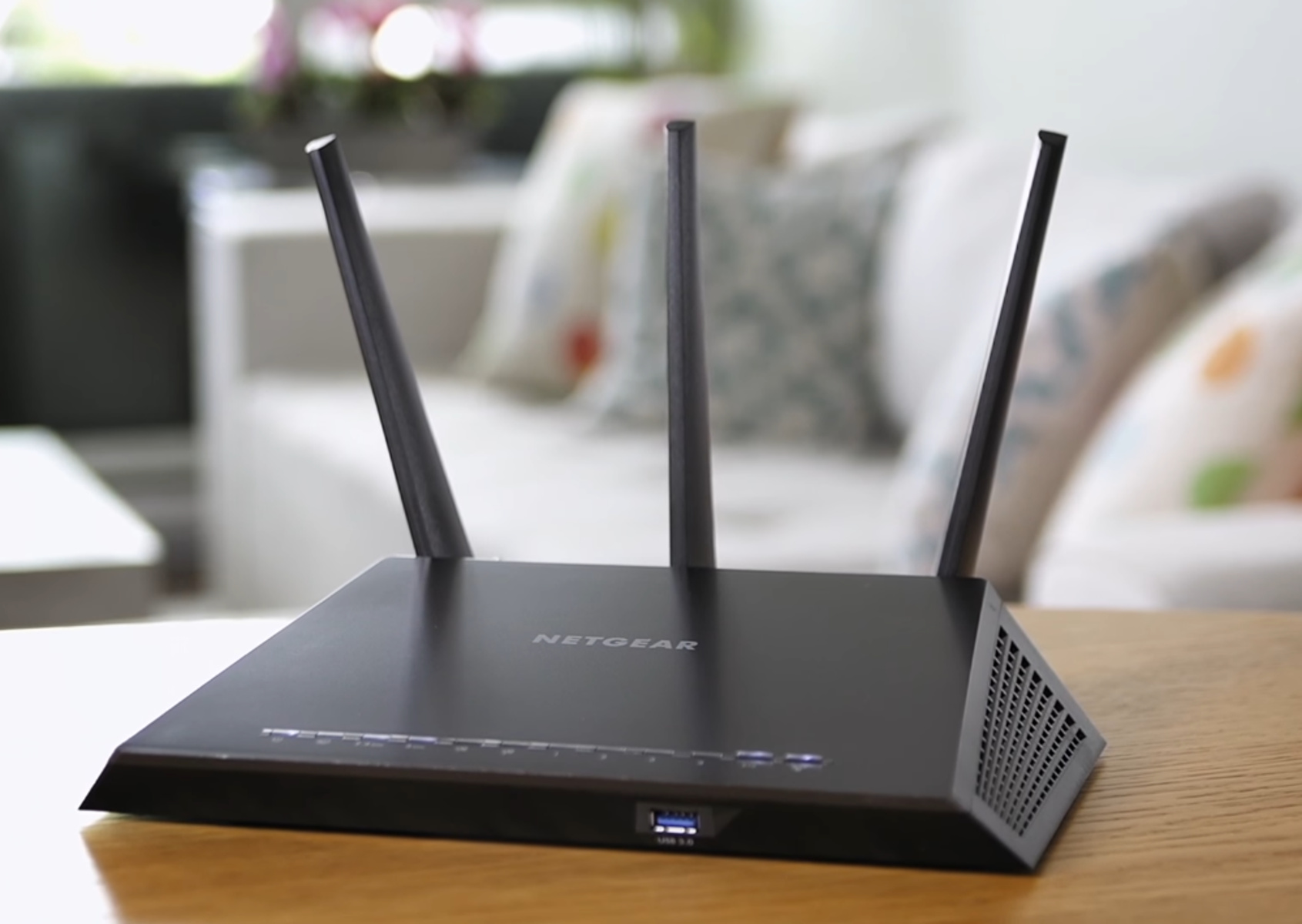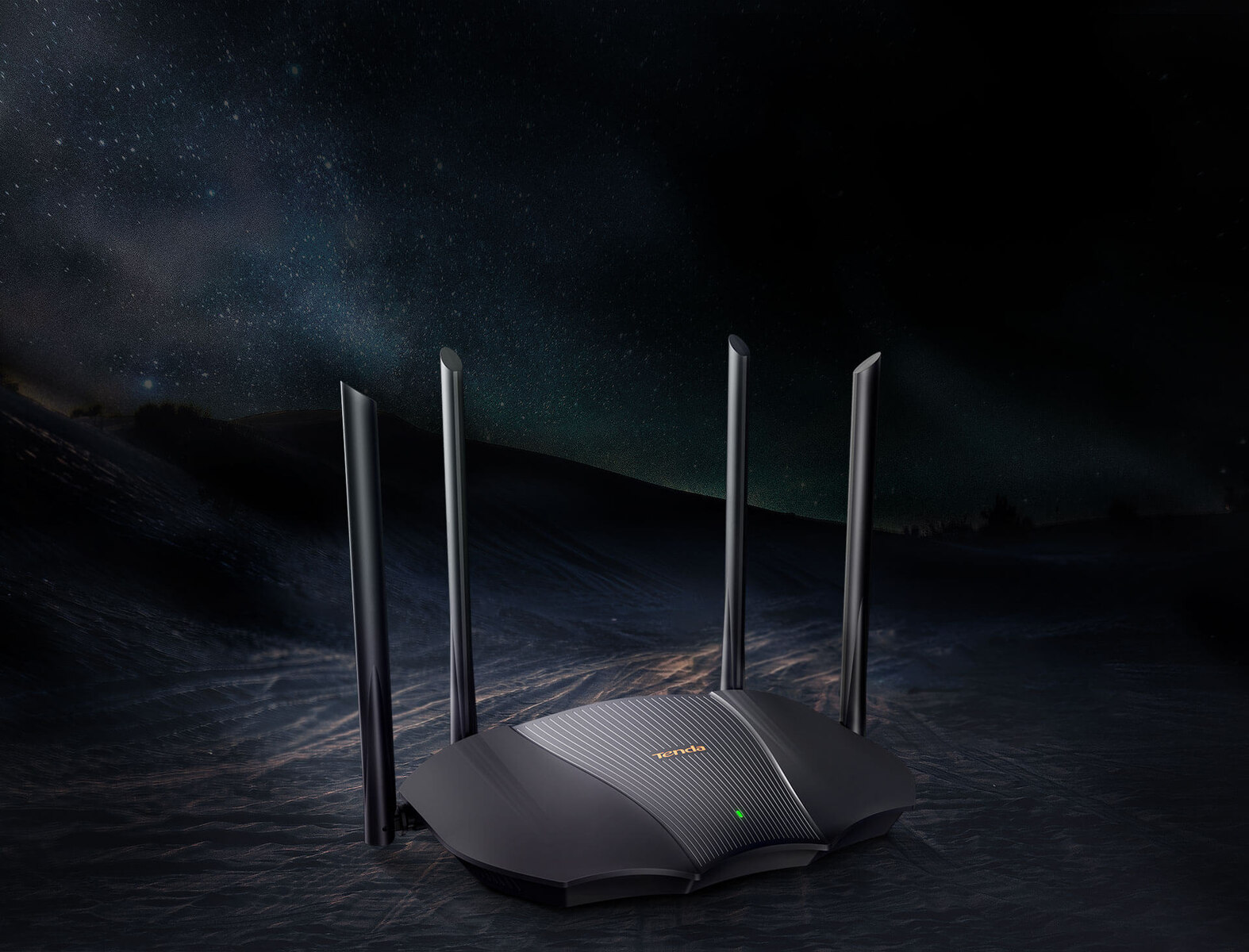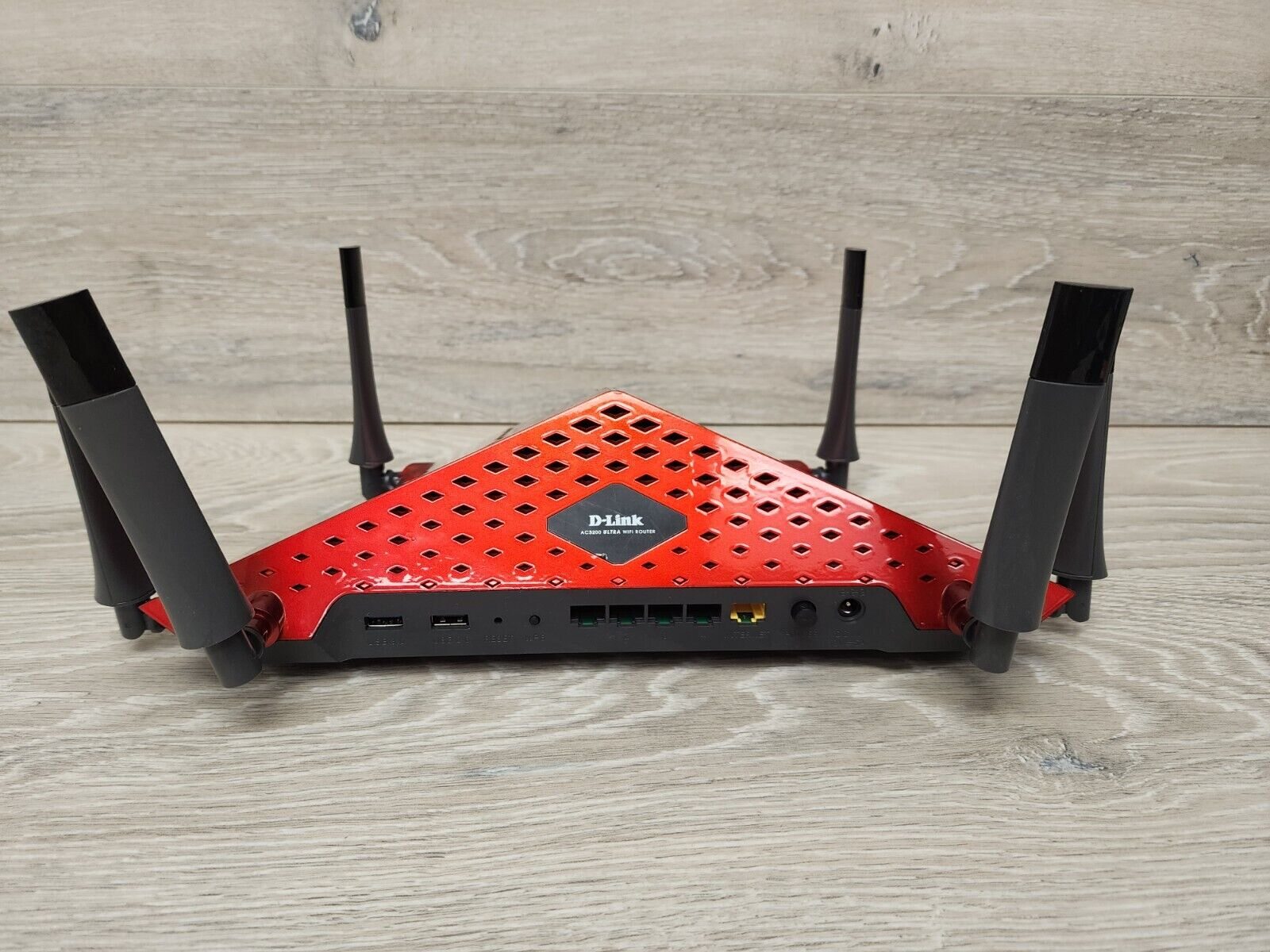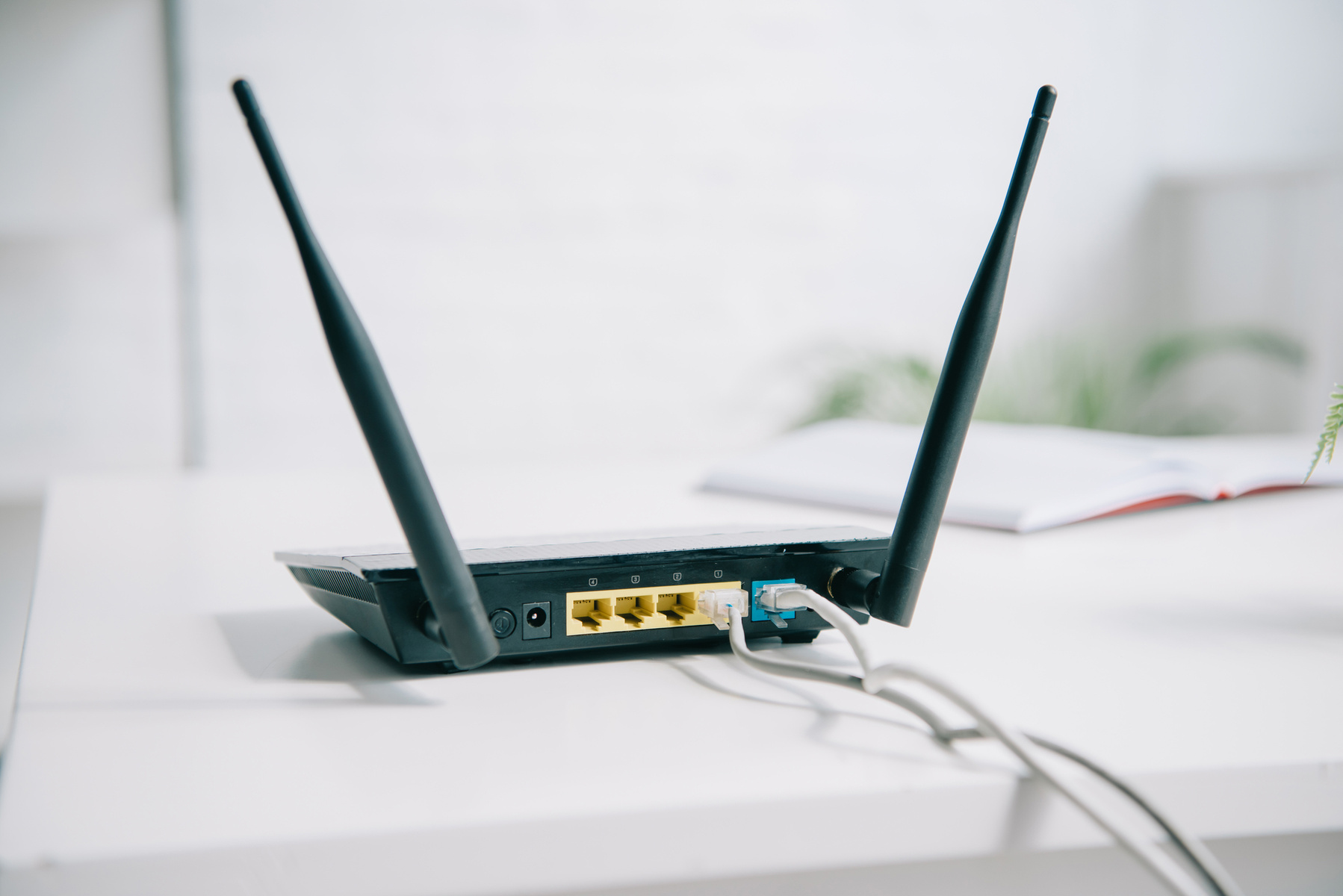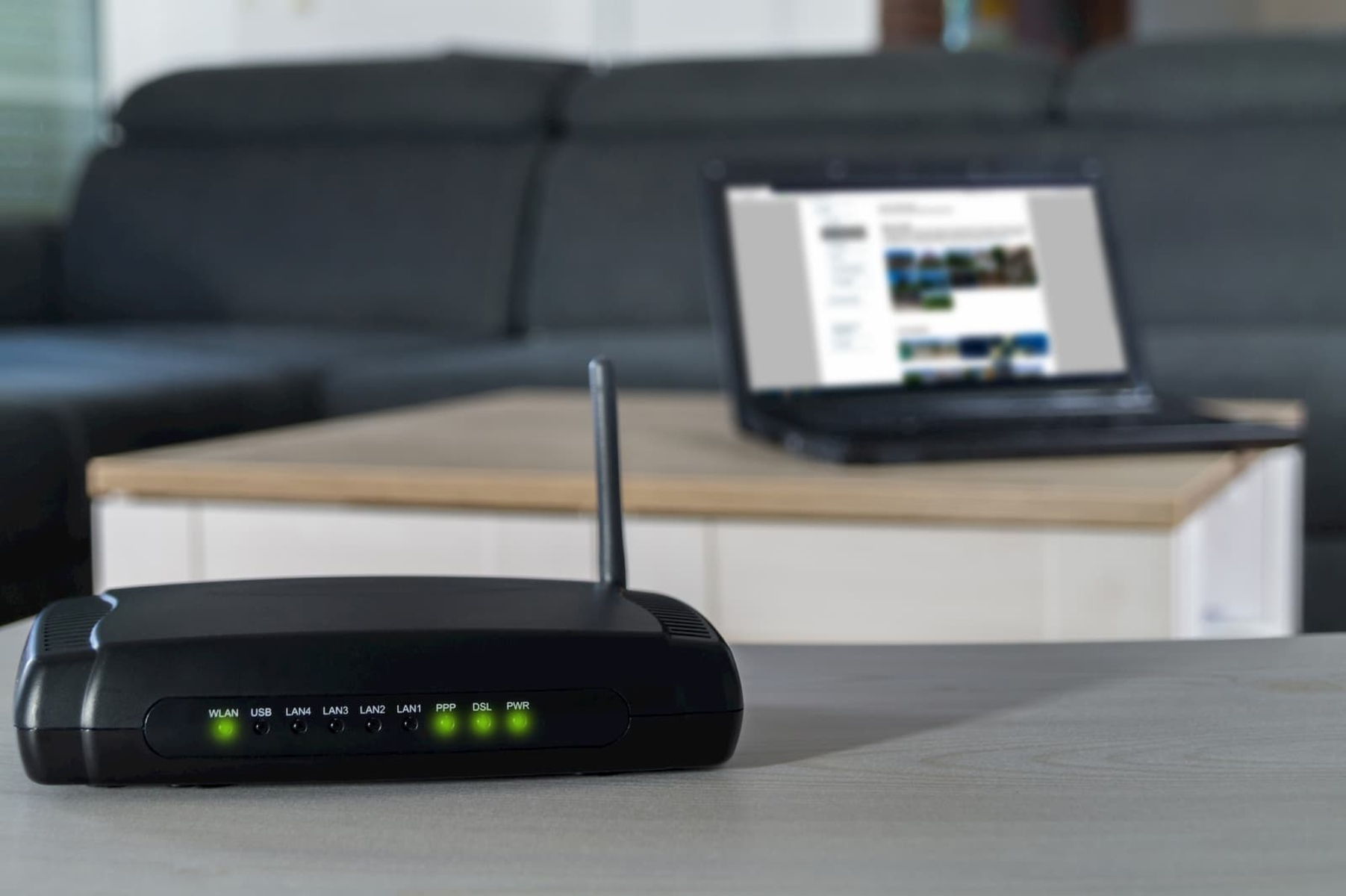Introduction
As wireless networks continue to gain popularity and become increasingly prevalent in homes, offices, and public spaces, it is essential to prioritize their security measures. With the growing threat of cyberattacks and data breaches, it is crucial to implement robust security measures to protect wireless networks from unauthorized access and malicious activities.
Wireless network security involves a range of techniques and practices aimed at safeguarding the confidentiality, integrity, and availability of network resources. This article explores some of the key security measures and technologies that can help provide security for wireless networks.
From encryption to access control and intrusion detection, each security measure plays a vital role in protecting wireless networks from potential security vulnerabilities. By understanding the importance of these security measures, network administrators and users can take proactive steps to secure their wireless networks effectively.
It is worth noting that while no security measure can provide 100% protection, implementing a layered approach that combines multiple security techniques can significantly enhance the overall security posture of wireless networks.
In the subsequent sections, we will delve into the various security measures and technologies that can contribute to the security of wireless networks. These measures include encryption, authentication, access control, firewalls, intrusion detection and prevention systems (IDPS), virtual private networks (VPN), security awareness and training, and physical security.
Encryption
Encryption is a crucial aspect of wireless network security. It involves the process of encoding information in such a way that only authorized parties can access and understand it. By encrypting data transmitted over wireless networks, the risk of confidential information being intercepted and compromised is significantly reduced.
There are various encryption protocols available for securing wireless networks, with the most common being Wi-Fi Protected Access (WPA) and Wi-Fi Protected Access 2 (WPA2). These protocols provide mechanisms to authenticate users and encrypt the data being transmitted between wireless devices and an access point.
WPA2 is considered the strongest encryption protocol available for wireless networks. It utilizes the Advanced Encryption Standard (AES) algorithm, which provides robust protection against unauthorized access. It is important to note that the older WEP (Wired Equivalent Privacy) encryption protocol is no longer considered secure and should be avoided.
In addition to securing data transmission, encryption also ensures the integrity of the information. By utilizing cryptographic algorithms, any tampering or modifications to the data can be detected, ensuring that the transmitted information remains unchanged.
When setting up a wireless network, it is crucial to choose a strong encryption method and use a unique, secure passphrase. A strong passphrase consists of a combination of uppercase and lowercase letters, numbers, and special characters. It is also recommended to change the default network name (SSID) and disable network broadcasting to minimize the chances of unauthorized access.
Encryption is a fundamental security measure that helps protect the confidentiality and integrity of data transmitted over wireless networks. By ensuring that the encryption protocols are up-to-date and implementing strong security practices, network administrators can significantly reduce the risk of unauthorized access and data breaches.
Authentication
Authentication is a critical security measure in wireless networks that verifies the identity of users and devices attempting to access the network. It ensures that only authorized individuals and devices can connect and gain access to network resources.
There are several authentication methods commonly used in wireless networks. One of the most widely used methods is the use of pre-shared keys (PSK), where a shared passphrase or key is entered into the devices and access points. This method is commonly used in home networks and small businesses due to its simplicity.
Another authentication method is the use of 802.1X, which is an industry-standard authentication protocol. This method requires a central authentication server known as a Remote Authentication Dial-In User Service (RADIUS) server. Users are required to provide credentials such as usernames and passwords to authenticate themselves before gaining network access.
In larger organizations, a more robust authentication method such as the use of digital certificates is often implemented. Digital certificates are issued by a trusted certificate authority (CA) and are used to verify the authenticity of devices and users within the network.
Implementing strong authentication measures helps prevent unauthorized access to wireless networks and ensures that only authorized users can connect. It adds an additional layer of security by verifying the identity of individuals and devices before granting network access.
Furthermore, it is important to regularly update and change authentication credentials to minimize the risk of unauthorized access. This includes regularly changing passwords, disabling default accounts, and implementing multi-factor authentication (MFA) where possible.
By implementing robust authentication measures, organizations can protect their wireless networks from unauthorized access and potential data breaches. It is essential to choose the appropriate authentication method based on the network’s size, complexity, and security requirements.
Access Control
Access control is a crucial security measure that regulates and manages the access granted to users and devices within a wireless network. It ensures that only authorized individuals or devices can access specific resources or areas of the network.
Wireless networks use access control mechanisms such as network segmentation, VLANs (Virtual Local Area Networks), and access control lists (ACLs) to enforce access restrictions. These mechanisms help prevent unauthorized users or devices from gaining access to sensitive or confidential information.
Network segmentation involves dividing the network into smaller, isolated segments to limit the spread of unauthorized access across the network. By separating different departments or user groups, organizations can better control and monitor network traffic.
VLANs are virtual networks that operate within a physical network infrastructure. They provide logical segmentation, allowing network administrators to group devices based on their functions or security requirements. VLANs enable granular access control by segregating network traffic and restricting communications between different VLANs.
Access control lists (ACLs) are sets of rules that dictate which devices or users are allowed or denied access to specific network resources. These rules can be configured on network devices such as routers or firewalls to control traffic flow and enforce security policies.
Additionally, organizations often implement role-based access control (RBAC) to assign specific privileges and permissions to users based on their roles and responsibilities. RBAC ensures that individuals can only access the network resources they need to perform their designated tasks, minimizing the risk of unauthorized access.
Regularly reviewing and updating access control policies is crucial to maintain an effective security posture. This includes revoking access rights for employees who no longer require network access, conducting periodic access audits, and promptly addressing any potential vulnerabilities or breaches.
By implementing strong access control measures, organizations can significantly enhance the security of their wireless networks. It helps prevent unauthorized access and ensures that only authorized users and devices can connect and access specific resources within the network.
Firewalls
Firewalls play a crucial role in securing wireless networks by acting as a barrier between a trusted internal network and the external network, typically the internet. Their primary function is to monitor and control incoming and outgoing network traffic based on predetermined security rules.
A firewall examines network packets, analyzing their source, destination, and other characteristics to determine whether to allow or block them. It helps prevent unauthorized access, malicious activities, and potential security threats from reaching the network.
There are two main types of firewalls used in wireless networks: hardware firewalls and software firewalls.
Hardware firewalls are physical devices that are typically deployed at the network perimeter, such as a router or dedicated firewall appliance. They provide a robust layer of defense by filtering and inspecting network traffic before it reaches the internal network.
Software firewalls, on the other hand, are installed on individual devices, such as computers or smartphones. They help protect the device from unauthorized access and provide an additional layer of security, especially when connected to public or untrusted networks.
Firewalls use various techniques to enforce security policies, including packet filtering, stateful inspection, and application-level gateways.
Packet filtering examines the header information of network packets against a set of predetermined rules to determine whether the packets should be allowed or dropped. This provides a basic level of access control by filtering network traffic based on IP addresses, ports, and protocols.
Stateful inspection, also known as dynamic packet filtering, goes beyond packet filtering by considering the context of network connections. It maintains the state of network connections and uses this information to make more informed access control decisions.
Application-level gateways, also known as proxy firewalls, operate at the application layer of the network stack. They examine the content of network packets at a deeper level, inspecting the actual data being transmitted. This enables them to detect and block specific application-level threats.
Regularly updating and maintaining firewalls is crucial to ensure their effectiveness. This includes installing security patches, keeping rule sets up to date, and monitoring firewall logs for any suspicious activity.
By implementing firewalls, organizations can significantly enhance the security of their wireless networks. Firewalls act as a first line of defense, preventing unauthorized access and protecting sensitive data from potential security threats.
Intrusion Detection and Prevention Systems (IDPS)
Intrusion Detection and Prevention Systems (IDPS) are security technologies designed to detect and prevent unauthorized access, malicious activities, and potential intrusions within wireless networks. These systems provide an additional layer of defense, complementing other security measures and helping to identify and mitigate security threats.
An IDPS monitors network traffic and system activities, analyzing them for any signs of suspicious or malicious behavior. It uses a combination of signature-based detection and behavioral analysis to identify known threats and anomalous activities in real-time.
Signature-based detection compares network traffic and system behaviors against a database of known attack patterns and signatures. If a match is found, the IDPS can take immediate action to block or mitigate the threat. This approach is effective against known threats but may struggle with detecting new or unknown attacks.
Behavioral analysis, on the other hand, establishes a baseline of normal network and system behavior. It then detects any deviations from this baseline, alerting administrators to potential threats or abnormal activities. Behavioral analysis can help detect zero-day attacks and previously unknown threats that have not yet been documented.
There are two main types of IDPS: network-based IDPS and host-based IDPS.
Network-based IDPS monitors network traffic, analyzing packets and patterns to detect potential attacks or intrusions. It can identify suspicious activities such as port scanning, denial of service (DoS) attacks, or attempts to exploit vulnerabilities in network services.
Host-based IDPS, on the other hand, focuses on individual hosts or devices within the network. It monitors system activities, including file integrity, log files, and system calls, to detect any signs of compromise or unauthorized access. Host-based IDPS can provide valuable insights into insider threats or compromised devices within the network.
Deploying IDPS sensors at strategic points within the network, such as at the network perimeter or on critical systems, helps ensure comprehensive coverage. Additionally, IDPS should be integrated with other security systems, such as firewalls and antivirus software, to provide a holistic approach to network defense.
Regularly monitoring and analyzing IDPS logs and alerts is crucial to identify potential threats and take proactive measures to mitigate them. This includes responding to alerts in a timely manner, investigating any suspicious activities, and updating the IDPS with new threat signatures.
By implementing IDPS, organizations can enhance their wireless network security by quickly detecting and preventing unauthorized access and potential intrusions. IDPS provides valuable insights into network security threats, enabling network administrators to take appropriate action and maintain a secure environment.
Virtual Private Networks (VPN)
Virtual Private Networks (VPNs) are essential tools for securing wireless network communications, especially when connecting over public or untrusted networks. A VPN creates an encrypted tunnel between the user’s device and the network, ensuring the confidentiality, integrity, and privacy of data transmitted over the network.
When a user connects to a VPN, their data is encrypted before it leaves their device. This encrypted data is then transmitted over the internet and decrypted at the VPN server or endpoint. This process ensures that even if the data is intercepted, it remains unreadable and protected from unauthorized access.
A VPN provides several key benefits for wireless network security:
- Confidentiality: The encryption provided by a VPN ensures that sensitive information remains confidential. It protects data from being intercepted and viewed by unauthorized individuals, reducing the risk of data breaches and unauthorized access.
- Integrity: VPNs ensure the integrity of data transmitted over wireless networks. By using encryption and cryptographic authentication methods, they prevent tampering or modification of data during transit.
- Identity Protection: VPNs hide the user’s IP address and replace it with the VPN server’s IP address. This helps protect user privacy and makes it difficult for attackers to track or identify the user’s location or online activities.
- Access Control: VPNs can enforce access control policies, allowing organizations to restrict network access to authorized individuals or devices. Users must authenticate themselves before connecting to the VPN, ensuring that only trusted individuals can access the network.
There are different types of VPN protocols, including OpenVPN, IPSec, and SSL/TLS. Each protocol has its own strengths and characteristics, such as the level of encryption, speed, and compatibility with different devices and operating systems.
When implementing a VPN, it is important to choose a reputable VPN provider that offers strong encryption, does not keep logs of user activity, and has a proven track record of security and privacy. Additionally, organizations should educate their employees on the proper use of VPNs and encourage best practices, such as using strong passwords and avoiding public Wi-Fi networks when connected to the VPN.
Overall, VPNs are essential tools for securing wireless network communications, providing an additional layer of encryption and privacy. By utilizing a VPN, organizations and individuals can protect their data and maintain a secure connection, even when accessing the network from public or untrusted networks.
Security Awareness and Training
Security awareness and training are vital components of maintaining a strong security posture for wireless networks. While implementing technical security measures is crucial, educating users about potential risks and best practices is equally important in preventing security breaches and ensuring a secure network environment.
Security awareness programs aim to educate users about the importance of following security policies, recognizing potential threats, and implementing appropriate security measures. These programs help create a culture of security within an organization, ensuring that employees understand their roles and responsibilities in safeguarding network resources.
Training sessions can cover various topics, including password security, email phishing awareness, best practices for safe browsing, and the use of secure wireless networks. By empowering users with the knowledge to identify and respond to security threats, organizations can significantly reduce the risk of successful attacks.
One key aspect of security awareness and training is password security. Users should be educated about the importance of using strong, unique passwords for each account and avoiding common passwords or easily guessable phrases. Additionally, two-factor authentication (2FA) should be encouraged to provide an extra layer of protection.
Email phishing is another significant threat to wireless networks. Users should be trained to recognize phishing emails and avoid clicking on suspicious links or sharing sensitive information. Regular phishing simulations can be conducted to test and reinforce users’ vigilance and response to potential email-based threats.
Safe browsing practices should also be emphasized. Users should be educated on the risks of visiting malicious websites and the importance of only downloading files from trusted sources. Utilizing secure browsing protocols, such as HTTPS, helps protect against man-in-the-middle attacks and data interception.
Using secure wireless networks is crucial for protecting wireless communications. Employees should be educated about the risks of connecting to unsecured public Wi-Fi networks and encouraged to use VPNs when accessing the network remotely.
Regular security awareness training sessions, combined with ongoing reinforcement and reminders, help ensure that employees stay informed and vigilant regarding potential security risks. It is also beneficial to provide resources such as security guidelines, informative newsletters, and quick reference guides to continually reinforce security best practices.
By investing in security awareness and training initiatives, organizations can foster a security-conscious culture among employees, making them an integral part of the wireless network’s defense against security threats.
Physical Security
Physical security is a critical aspect of wireless network security that focuses on protecting the physical infrastructure and assets associated with the network. While technical security measures are essential, physical security provides an additional layer of defense against unauthorized access, theft, and physical tampering.
Physical security measures include securing network equipment, access points, and data storage devices from physical threats. Here are some key considerations to ensure robust physical security:
- Securing Network Equipment: Network equipment, such as routers, switches, and access points, should be physically secured in locked cabinets or equipment rooms. Only authorized personnel should have access to these areas, and access should be logged and monitored.
- Physical Access Control: Controlling physical access to areas where wireless network infrastructure is housed is crucial. This can be achieved through the use of physical access control systems, such as swipe cards, biometric scanners, or security guards to verify and monitor access.
- Video Surveillance: Installing surveillance cameras in critical areas helps deter unauthorized access and provides visual evidence in the event of a security incident. Video surveillance systems should be regularly maintained, ensuring optimal coverage and functionality.
- Environmental Controls: Maintaining appropriate environmental conditions, such as temperature and humidity, is important for the proper functioning of network equipment. This can be achieved through the use of environmental control systems, such as air conditioning or humidity sensors.
- Backing up Data: Regularly backing up data stored on wireless network devices and servers is essential to prevent data loss in the event of physical damage or theft. Backups should be stored securely and off-site to ensure redundancy and recovery options.
Employee awareness and training play a crucial role in maintaining physical security. Employees should be educated about the importance of physical security measures, such as properly storing laptops and mobile devices, reporting suspicious individuals or activities, and following access control policies.
Regular assessments and audits of physical security measures should be conducted to identify potential vulnerabilities and address them promptly. These assessments can include physical inspections, review of access logs, and tests of response procedures for physical security incidents.
By implementing robust physical security measures, organizations can help prevent unauthorized access and potential physical threats to wireless network infrastructure. Combining physical security with technical security measures creates a layered defense approach, ensuring the overall security and integrity of the wireless network.
Conclusion
Securing wireless networks is of paramount importance in today’s increasingly connected world. As the prevalence of wireless networks continues to grow, it is crucial to implement robust security measures to protect against unauthorized access, data breaches, and other potential security threats.
In this article, we have explored several key security measures and technologies that can provide security for wireless networks. Encryption ensures the confidentiality and integrity of data transmitted over wireless networks, while authentication verifies the identity of users and devices. Access control mechanisms, such as network segmentation and VLANs, help regulate and manage access to network resources.
Firewalls act as a barrier between trusted internal networks and external networks, monitoring and controlling network traffic to prevent unauthorized access and malicious activities. Intrusion Detection and Prevention Systems (IDPS) provide real-time monitoring and detection of potential intrusions within wireless networks.
Virtual Private Networks (VPNs) create secure encrypted tunnels to protect data transmitted over wireless networks, especially when connected to public or untrusted networks. Security awareness and training programs educate users about security best practices and help create a culture of security within an organization.
Lastly, physical security measures protect the physical infrastructure and assets associated with wireless networks, ensuring unauthorized access and tampering are deterred.
By implementing a layered approach that combines these security measures, organizations can significantly enhance the security of their wireless networks. It is essential to regularly review and update security policies, conduct risk assessments, and stay informed about emerging threats in order to adapt and strengthen network defenses.
Remember, no single security measure can guarantee complete protection, but by implementing a comprehensive strategy that incorporates technical and physical security measures, organizations can minimize the risk of security breaches and ensure the integrity and privacy of their wireless networks.









